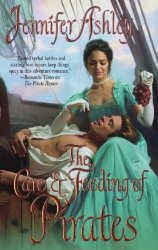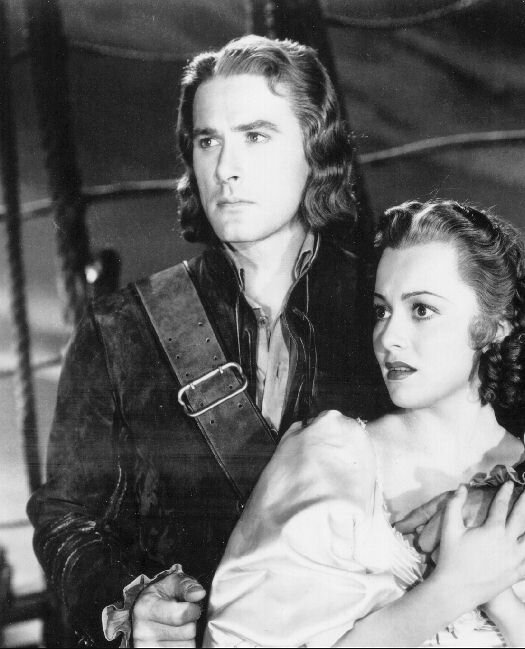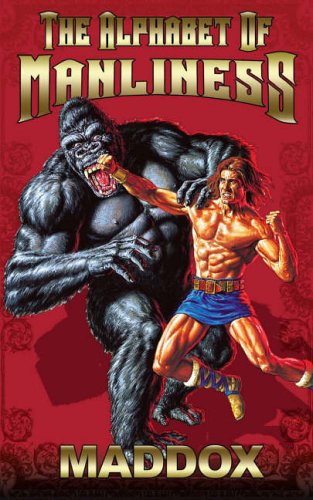
This article on Jezebel caught my eye: "
The Girl's Guide to Comic Con: Headdesk Powers Activate!" the title sums it up pretty nicely.
Responding to the
LA Times' preview of the hunks that may or may not be attending the San Diego Comic Con this year in order to entice the fairer sex to the legendary nexus of
scifi, comics and fantasy.
"Women will be rushing the stage, offering to do star Jake Gyllenhaal's laundry on those washboard abs that he acquired for the film, since he spends much of it fighting, shirtless or both. Jake, we don't want to know how to quit you."
Now, disclaimer, I've attended a few Comic Cons, I work with people of all stripes who avidly go to, exhibit in, network at, and generally are already familiar with what's going to be going down in the fantastic universe of
geekery that is the
SDCC. So I'm not the target audience of this article, the person who is only considering going because they might catch a glimpse of Jake, Brad, or Johnny.
I also know plenty of girls who go to cons regularly and love, Love, LOVE comics and
scifi. It's not as uncommon as it once was for girls to be loud and proud about their
fandom of these properties and those who assume women won't be interested in them on their own merits do so at their own peril. These girls are not just
uber-nerds, they're the hot girl at the bar, and the lawyer, doctor or mom down the street. While being a geeky
fangirl is still an
aesthetic outsiders badge of honor, it's gotten fairly mainstream, and it's not just Twilight.
While they give lip service (in picture 23, the last picture and the only splice of multiple shows) to girl power, the central image is still
Tahmoh Penniket (male and dreamy). Angelina Jolie "could" attend and the Witches of
Eastwick is the only featured series with female characters as leads.
Only 5 of the 23 pictures feature women in the foreground (don't think I didn't see you though, blond extra in the background of picture 21).
Now, I do want to point out that objectifying people is a historic tradition of Comic Con, witness
Booth Babes!!! and it shouldn't be surprising that as booth babes,
Tricia Helfer,
Summer Glau and
Lucy Lawless might draw the same sort of crowd it seems a little frustrating to my
sensibilities.
As a nexus for fan culture, Comic Con provides an opportunity to see NEW hunks, ones less familiar than Johnny Depp and Brad Pitt. To celebrate fandom of all sorts of properties, while they hit Robert Pattinson, where are
New Captain Kirk (Chris Pine) and
Sylar-Spock (Zachary Quinto) ? They're plenty hot right now. Dare I even suggest it...
Sam Worthington?
Admittedly, the big money at Comic Con is in previewing upcoming releases, but even if they don't have much to premiere the smart franchise will make its presence clear and its hunks available because San Diego Comic Con is about FANS. The people who will live their entire lives around your property, who will stay with it for years and buy your dvd re-releases when they're AARP members.
I would rather see "The Girl's Guide to Comic Con" suggest more female driven franchises, I mean, take Dollhouse, you can comment on on how
badass Eliza
Dushku is while
simultaneously describing
Tahmoh (the director correctly realizes that he should be shirtless as much as is practicable) as eye candy, just a thought. It would work, you accomplish the same thing, suggesting that
Tahmoh is hot enough to go to
SDCC to see, but also add the
additional fun of there being more than just that reason to check out the show, which at the end of the day is why the Comic Con exists, to market to fan culture.
Take
Buffy the Vampire Slayer (
TV series,
Joss Whedon, not the old movie or the new movie), David
Boreanaz was not the only reason people tuned in, Sarah Michelle Geller was a draw to women and men both and David
Boreanaz's character was compelling to them because of the relationship between Buffy and Angel. While Angel went on to be a highly successful
spin off, the story is what distinguished David
Boreanaz as man-candy different from a slew of other, equally attractive male actors.
I'm not
suggesting that a mob of feminists burn down the LA Times for objectifying men with the same shallowness that has been used to market to them for ages (
example). But I do suggest looking at this LA Times article as an object lesson in how that oversimplified objectification looks when directed at women.













